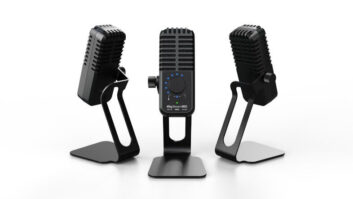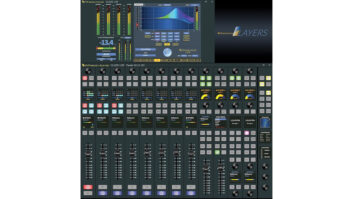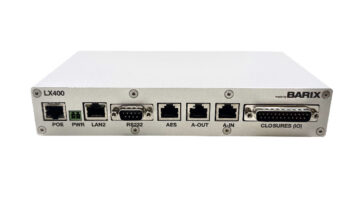
Clive Young,
Editor-In-Chief, PSN
After years of declining revenues, the music industry had its second straight year of growth in 2016, as revenues climbed to $15.7 billion worldwide, according to the International Federation of the Phonographic Industry. As might be expected, much of last year’s estimated 5.9 percent growth came down to the public’s increased adoption of streaming services such as Spotify, Apple Music and Tidal. As a result, the sector’s revenues climbed 60 percent last year.
To look at more localized numbers, the RIAA announced in March that U.S. music sales were up 11.4 percent in 2016, creating $7.7 billion in revenue and making for the industry’s highest sales since 2009. Again, much of that financial gain—51 percent, in fact—came from streaming, as the format provided $3.9 billion last year, for a jump of 69 percent. The Guardian reports Spotify, Apple Music and Tidal together have 112 million paying subscribers.
Streaming’s success has come with a cost, of course. Actual music sales have continued to plummet, both in physical media and the digital download realm. Compact discs are increasingly hard to find at retail these days—in recent years, major retailers like Walmart, Target, Best Buy and others have minimized the amount of floor space devoted to physical media in their stores. According to a Nielsen report released earlier this year, retailers’ shift away from CDs led to internet, mail-order and venue stores garnering the largest share of physical sales last year, primarily via Internet retailers and concert ticket bundles.
Likewise abandoning the CD, the comparative handful of independent music stores still around have largely turned their focus to the niche market of vinyl records, even though Nielsen reports the format comprised only 11 percent of total physical album sales in 2016.
In all, 99.5 million CDs were sold in the U.S. last year, according to the RIAA, marking the first time the format has sold under 100 million since 1986. Discs only contributed $1.2 billion to industry coffers, and digital downloads didn’t fare much better, as they slipped 22 percent in 2016 to $1.8 billion in sales. According to Nielsen, however, that meant that for the first time in over a decade, physical albums actually became a larger share of total album sales than they were in the prior year.
With digital download sales in decline, there are some industry observers who predict downloads will be phased out as the public continues to transition to streaming, but to look at both that prediction and dropping physical sales and then conclude that consumers no longer wish to own music would be a mistake.
In July, the U.K.’s Intellectual Property Office teamed with industry group PRS for Music to release Stream-ripping: How it works and its role in the UK music piracy landscape, delving into the use of websites, programs and apps to download content illegally from internet streams for later use offline. While only surveying the U.K., the report’s findings provide an inkling of what the situation may be here in the States.
The report found that 57 percent of adults surveyed claimed to be aware of stream-ripping services and 15 percent claimed to have used one. Perhaps unsurprisingly, members of that 15 percent tended to be male and between the ages of 16 to 34, and their most popular rationalizations were that “the music was already owned in another format (31 percent); they wanted to listen to music offline (26 percent); and they wanted to listen on the move (25 percent), unaffordability (21 percent) and feeling official content was overpriced (20 percent) were the next most common responses.”
Low-level piracy has always added up to big numbers, from the “Home Taping is Killing Music” days of the 1980s to today’s stream-ripping, and it will probably always be with us in some form or another, but with the labels now rebounding from 15 years of revenues falling off a cliff, investing some of those profits into creating greater format flexibility for consumers—those rationalizations above outline the challenges—would likely help curb the public’s piratical impulses even further.







